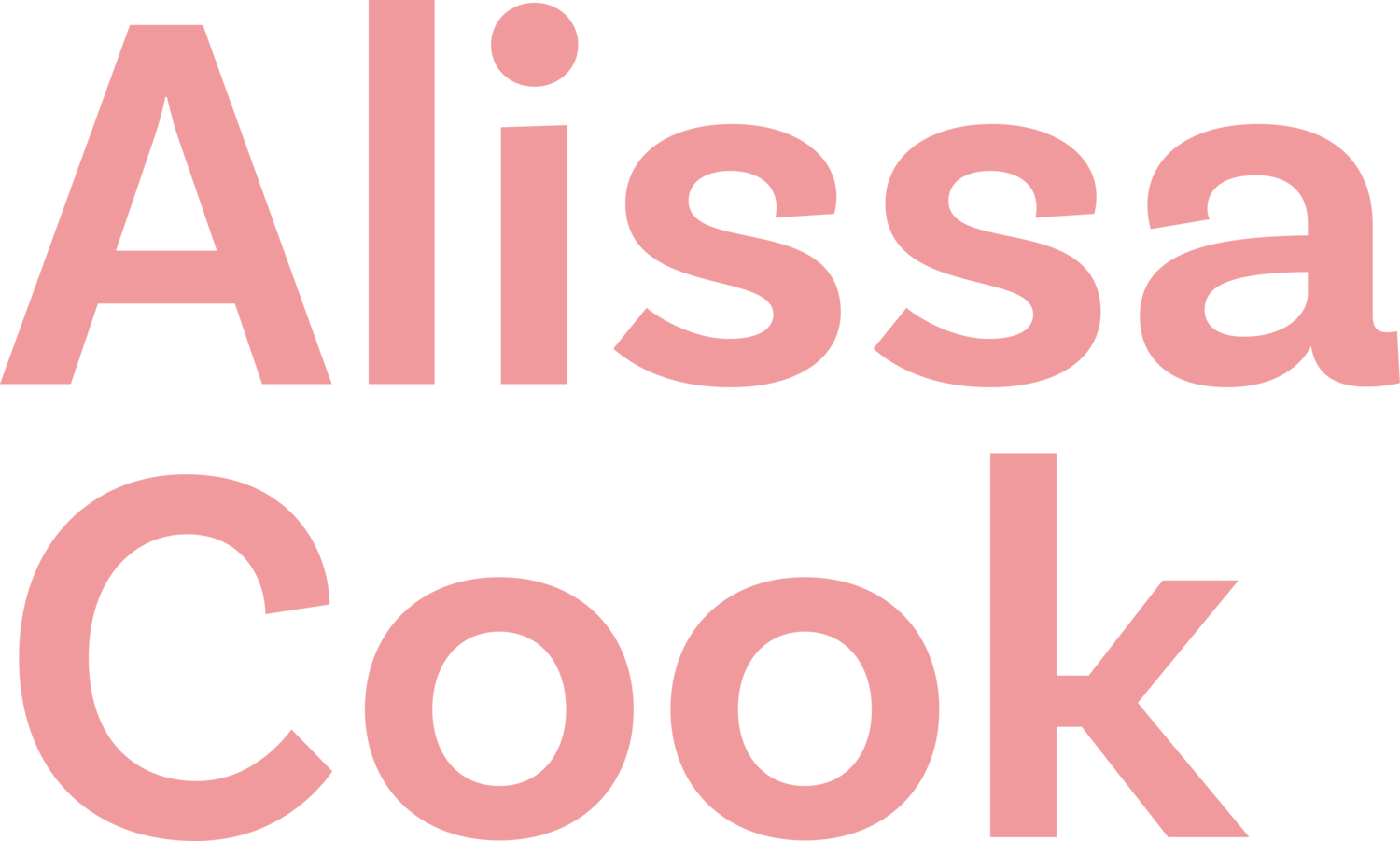Project Brief
Target was looking for a way to engage existing users inside of the brick-and-mortar store. With the growth of online shopping, customers are often streamlining their errands and refraining from extraneous impulse buying. Launching an in-store campaign will help to pique the interest of the user and drive them throughout the store.
User: Existing shoppers
Scope: In-store experience, UX design, environmental design, strategy
As customers reach for a shopping cart, they engage with the first touchpoint of the History Spot campaign.
The cart attachment prompts users to open their Cartwheel App and learn how to engage with the campaign. By focusing on the customers who grab a cart, the touchpoint invites those who are likely visiting multiple parts of the store, rather than a quick errand run. The stand gives customers a place to set their phone and place the coupon cards, which will be introduced later down the page.
Customers with the Cartwheel App can open the campaign page, learn how it works, and view each department.
All of Target’s departments showcase a unique historical event and landmarks - such as the Boston Tea Party (Kitchen), National Parks (Beauty), the Moon Landing (Toys), and the Pony Express (Cards & Stationery). As an incentive, each department features a few products relating to the event and offers discounts for engaging with the campaign. For users without the Cartwheel app, paper flyers are available at each display with the same discounts.
Each department features an end cap display with various Target products in a dynamic scene.
Since the store is positioned in Alexandria, VA, shoppers are accustomed to static museum stations with little interaction. Target is creating a memorable experience through engaging displays. Additionally, the display includes a description of the event. App-users can also engage with the augmented reality features, mentioned below.
At the display, app users can open the camera on the app and see the display come to life!
The app features augmented reality for each display. For the Boston Tea Party display here, tea would flow over the display from the teapot mimicking the tea dumped into the harbor. After viewing the augmented reality experience, users can check in to the display by scanning the logo. By doing so, the discounts are automatically loaded on the Cartwheel app. If users check into 20 displays, they receive a 20% discount off their order. Non-app users can collect 20 flyers at the stations and receive the same discount.
Each display includes featured products meant to drive sales in each department.
These products are related to the event depicted in the display - such as tea for the Boston Tea Party. Coupons for these featured products can be found in the Cartwheel app from the department page, or through the flyers seen below.
Boston Tea Party Flyer
For users preferring an analog touchpoint, flyers are available at each display.
The flyers provide a comparable experience to the Cartwheel app, by including the discount incentives. While there is no replacement for the augmented reality, this tool ensures that each user can still engage with the campaign without missing out on the discounts.
Cartwheel App users can track their progress through the passport feature.
After scanning the icon on the lower section of the display, the app will add a commemorative stamp to the digital passport. Additionally, 20 stamps (20 visited displays) earns the customer a 20% off coupon.
Results
This project was an exercise in analyzing space, people, and experiences. The images shown here are a glimpse of what the entire experience could be if expanded to each department in a standard Target. Overall, I think that the campaign would address concerns with disengaged users, encouraging interaction no matter where the shopping list takes them.







